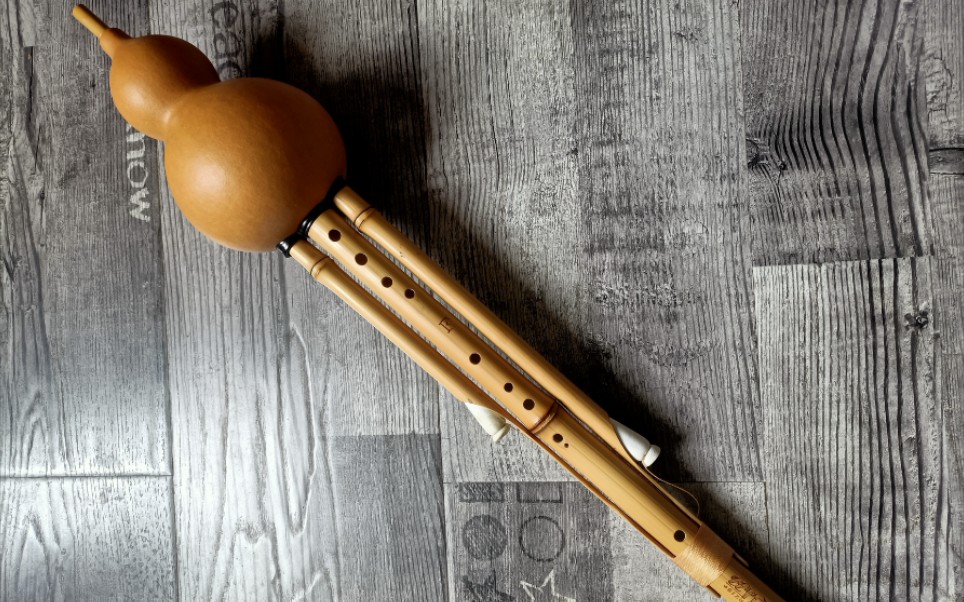Deep Analysis and Practical Skills of the Application of Breath in the Art of Hulusi Playing
As one of the Chinese ethnic wind instruments, Hulusi has a graceful and melodious tone, rich in characteristics, and good use of breath is a key element in playing beautiful music. Mastering and proficiently applying correct breathing methods and breath control techniques can not only enhance the performer's technical level, but also endow music with vitality and emotional expression.

Basic preparation for breath
Firstly, the performer should have a good foundation in breathing. Adopting abdominal breathing method, regulating the entry and exit of breath through the expansion and contraction of abdominal muscles, making the breath more profound and long-lasting. When inhaling, try to be deep and silent, allowing the breath to naturally sink to the dantian, forming a state of "qi sinking dantian". This not only ensures sufficient breath reserves, but also provides stable support for subsequent playing.
Control and conversion of breath
During the performance of gourd silk, the smooth output of breath is crucial. When playing, the breath should flow out evenly like a trickle, avoiding fluctuations in strength, weakness, or intermittency. This requires daily training to enhance the ability to finely control the flow of breath. At the same time, in the face of technical aspects such as high and low pitch conversion, volume changes, and rapid linking in the music, the performer needs to flexibly adjust the size of the damper (the breathing channel between the upper and lower lips) and the breathing pressure to ensure accurate pitch and full tone.
Long Pronunciation Practice and Pronunciation Techniques
In order to exercise good breath skills, practicing long notes is essential. By repeatedly playing long notes of different pitches, the persistence and stability of the breath can be effectively improved, and the comprehensive control of the Hulusi vocal range can be strengthened. In addition, the vocal techniques used in hulusi, such as single, double, and triple thrusts, place high demands on the use of breath. Performers need to practice strictly to make the start and end of each note clear and powerful, and the transition smooth and natural.
The relationship between emotional expression and breath utilization
Breath not only affects pitch and rhythm, but also deeply influences the emotional expression of music. The delicate changes in breath can convey different emotional colors, the gentle breath brings peace and tranquility, and the passionate breath renders a warm and unrestrained atmosphere. Therefore, in the process of learning and playing Hulusi, it is necessary to closely connect the use of breath with the emotional connotations of the music in order to truly achieve the artistic sublimation of music.
In summary, for hulusi performers, a deep understanding and proficient mastery of the technique of using breath is an important way to continuously improve their performance skills and enrich their musical expression. Only by integrating breath, techniques, and emotions can we interpret gourd silk music works that are both profound and infectious.
 渝公网安备 50010702504639号
渝公网安备 50010702504639号